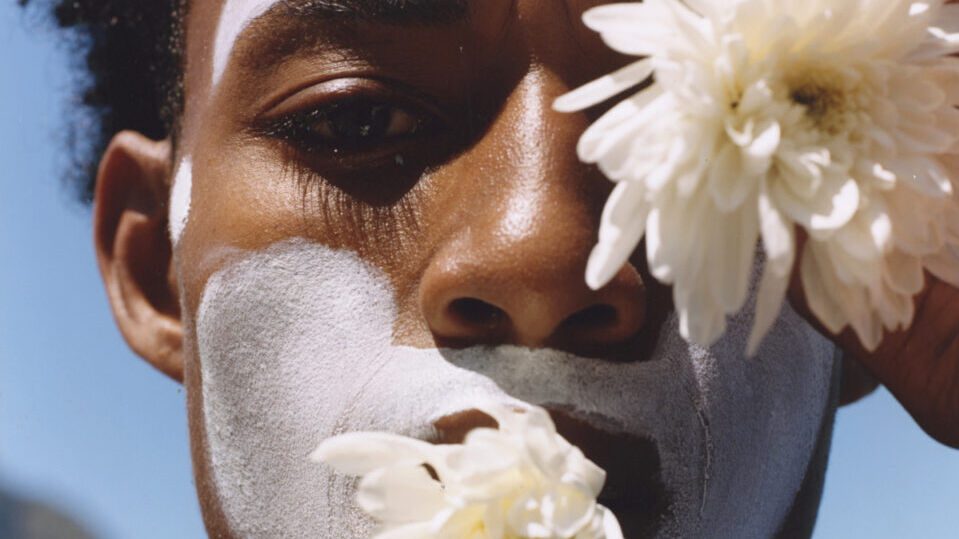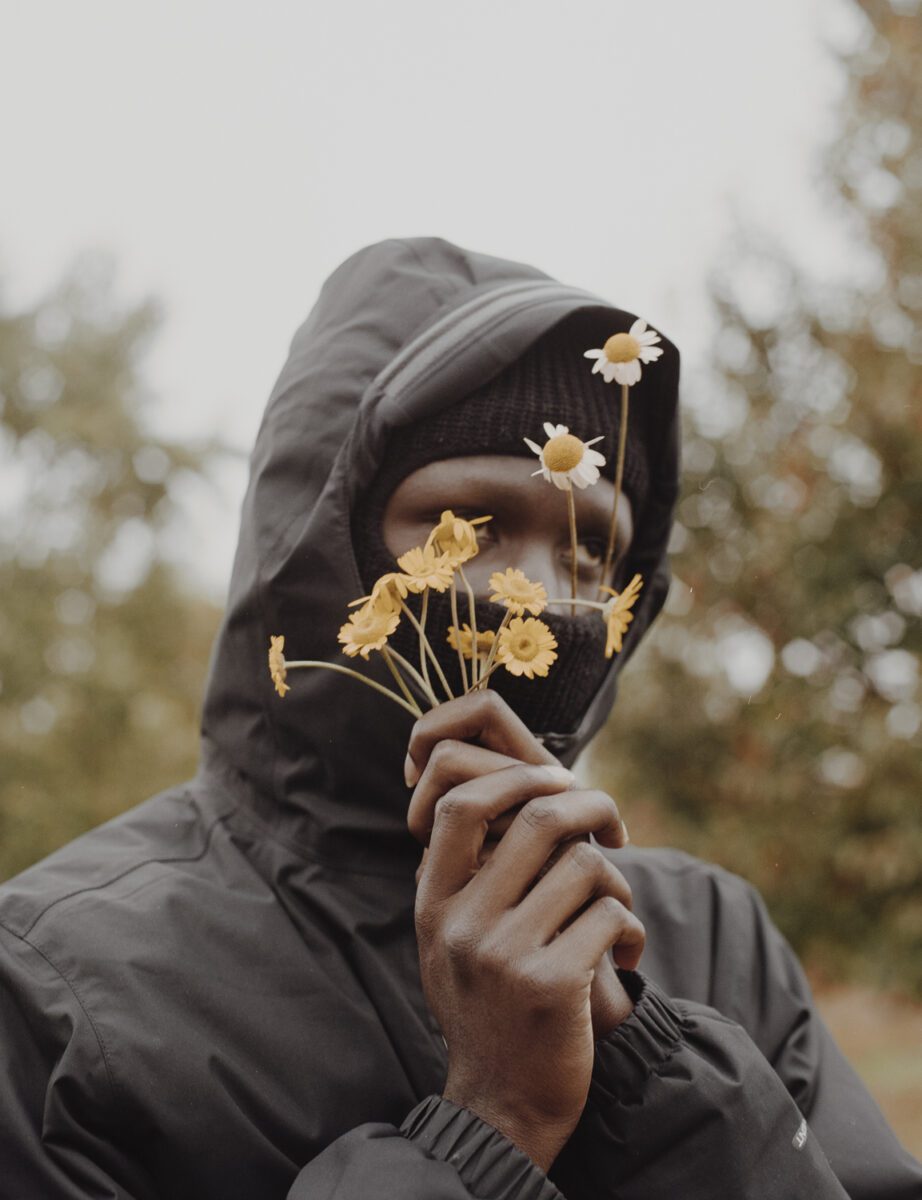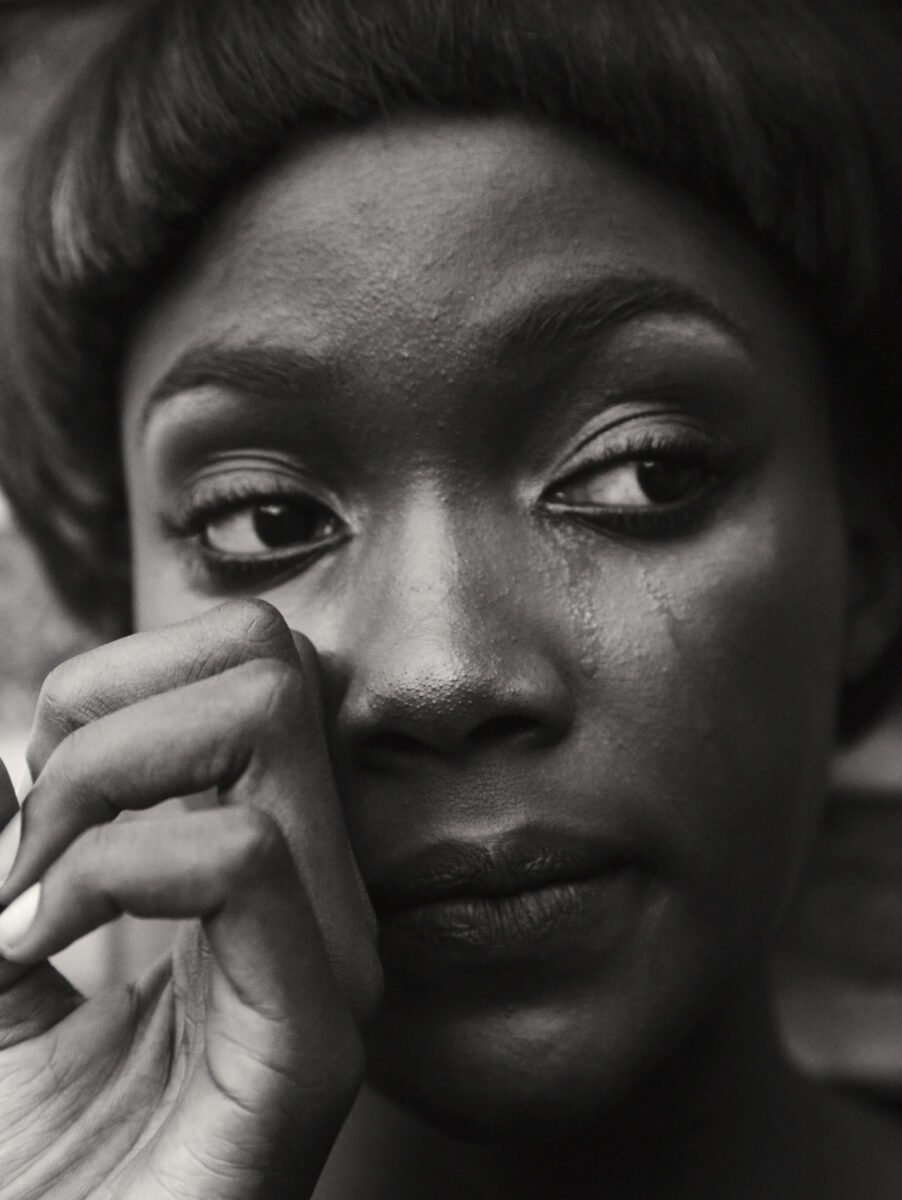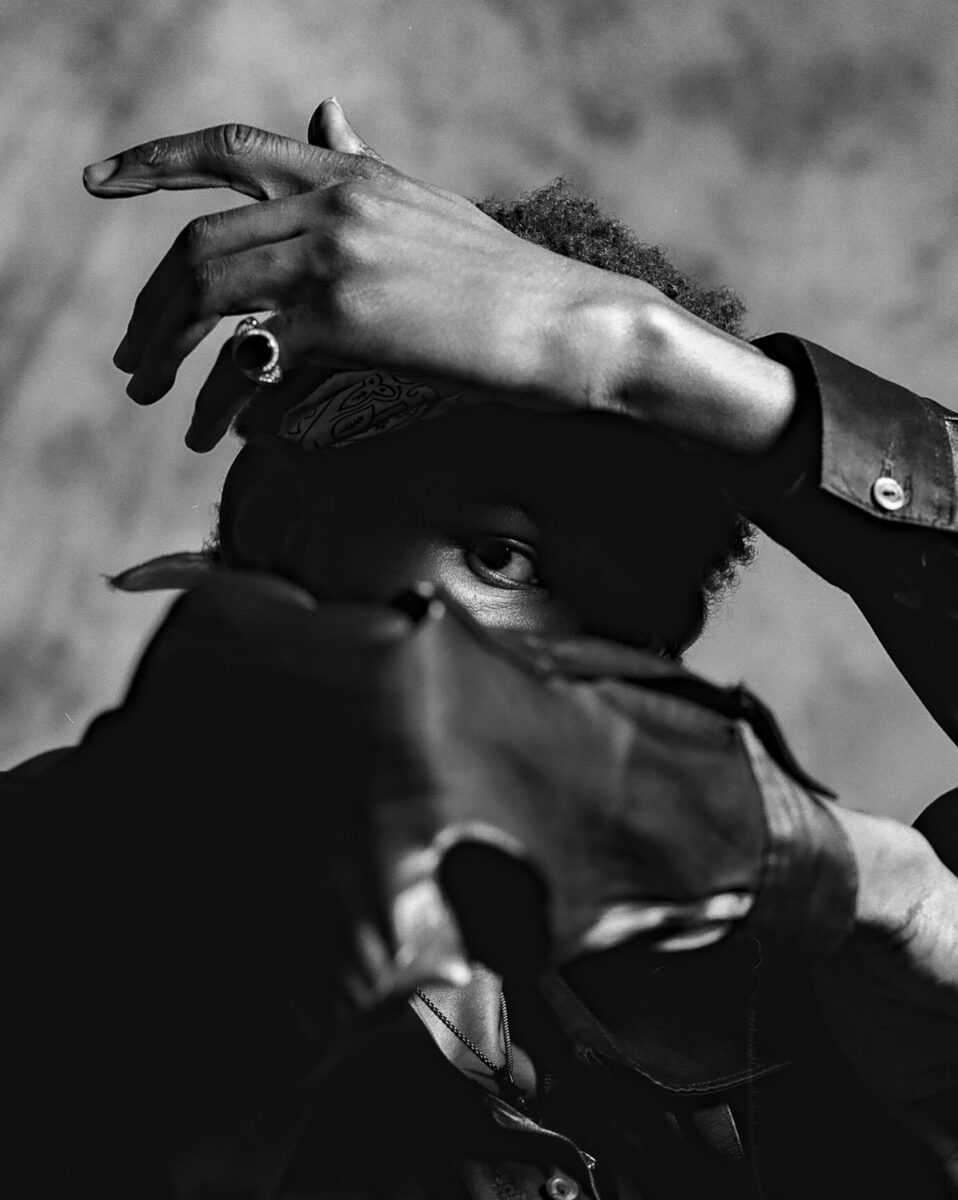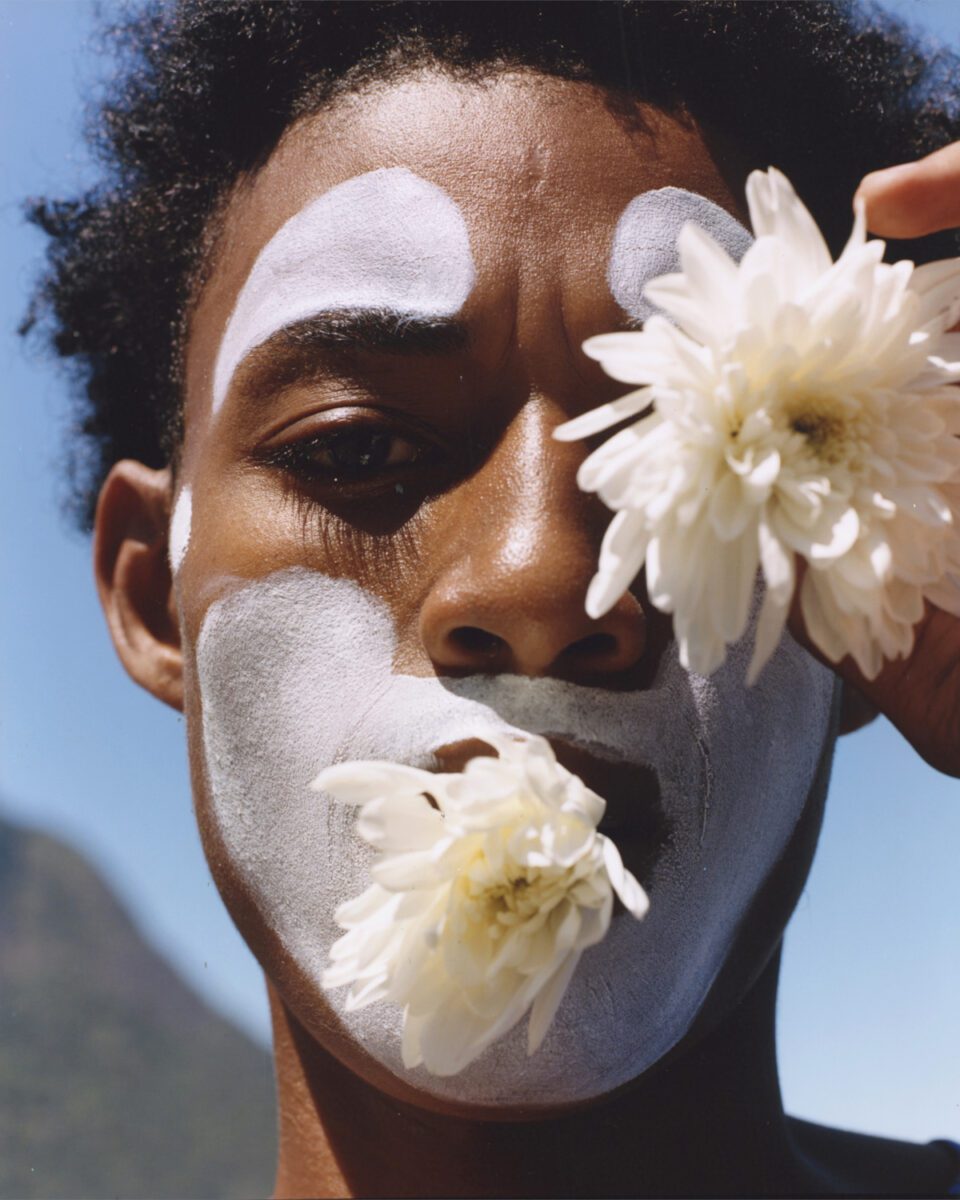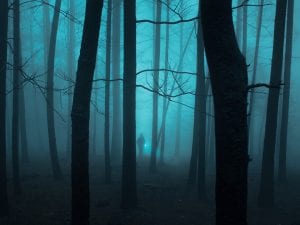Strange Flowers is the title of an online exhibition co-curated by Elizabeth Fleur Willis and Nnena Nwakodo for collective The Earth Issue. It refers to the haunting protest song, Strange Fruit, recorded most famously by Billie Holiday in 1939. Originally penned as a poem two years earlier by writer Abel Meeropol, the lyrics describe the horrifying lynching of Black Americans in the Southern States, comparing victims’ bodies to fruit hanging on trees. The legacy of that brutal history continues today in the killing of George Floyd, Breonna Taylor and other victims of racial violence, whose bodies the curators compare to flowers: “Taken without consent, their stems ripped from the earth, their connection to life severed, petals pulled and crushed underfoot.”
This presentation has been selected from donations to the Freedom Fundraiser, an extremely successful print sale also run by The Earth Issue, a collective of creatives use art as a tool for environmental and intersectional activism in the wake of the Black Lives Matter protests. Proceeds of £213,000 from the sale were divided among 20 charities supporting BIPOC communities, including US Combined Bail Funds, Grenfell Foundation, UK Black Pride and Black Minds Matter. Prints of the works in this follow up show are again available to buy, with the money split between charitable causes and the artists themselves.
A floral theme runs throughout, but subtly so. Some images, such as Thank You For Playing With Me by Yolanda Y Liou (2019) are portraits representing racialised experiences and identities. Others, such as Edmund Clark’s still life Rose (2020), portray plants in bloom. In some, the two approaches merge. Ngadi Smart’s image, Amorphophallus Aphyllus (2017), takes its name from an African phallic hermaphrodite flower. It’s drawn from a wider series by the Sierra Leonean visual artist exploring gender fluidity, combining elements of masculinity and femininity within the bodies depicted in the frame. Kay Ibrahim’s Flower Boy (2018), which shows a young Black man in a hood and balaclava clasping a bunch of freshly-picked daisies, his gaze drifting delicately out of shot, recalls classical portrait painting.
It’s hard to think of a symbol that has been more potent or prevalent throughout cultural history than a flower. Every important moment of life has its accompanying floral signifier – they are enlisted in our efforts to seduce, to apologise, to celebrate and to mourn. Right now, bright yellow daffodils and baby pink cherry blossoms hold the promise of spring, nature’s annual rebirth. The work on show here points to the possibility of a place beyond the present. For the curators, these images are “radical expressions of racial struggle, life and hope. The artists have created them as testimonies to the complex world we inhabit, and we are celebrating them as symbols of the struggle, the fight and the great war for equality among all.”
Strange Flowers runs until 11 April. Find out more here.
Words: Rachel Segal Hamilton
Image Credits:
1. TOM JOHNSON, DENIS THE DANCER, IN RIO, 2019
2. KIN COEDEL, SKY, 2016
3. Kay Ibrahim, Flowerboy, 2018
4. ALINA NEGOITA, UNTITLED, 2018
5. Ntando Brown, Sight, 2020
6. TOM JOHNSON, DENIS THE DANCER, IN RIO, 2019
7. DENISSE ARIANA PEREZ, BOYS AND WATER, 2019


